It all began in a small village in the Black Forest of Germany, where a group of mischievous elves tried creating a cookie to make people dance joyfully. They stumbled upon anise, a magical spice with a sweet and licorice-like flavor, and decided to use it in their cookie recipe.
YIELD
24 servingsPREP
10 minCOOK
12 minREADY
1½ hrsWhat is the history of German Anise cookies?
It all began in a small village in the Black Forest of Germany, where a group of mischievous elves tried creating a cookie to make people dance joyfully.
They stumbled upon anise, a magical spice with a sweet and licorice-like flavor, and decided to use it in their cookie recipe.
As the elves worked tirelessly, a wise old owl flew by and whispered a secret ingredient to them - a pinch of humor. The elves added this to the recipe; thus, the German anise cookies were born.
People worldwide traveled to the Black Forest to taste these delightful treats, and they would often dance with joy upon trying them.
So, the next time you bite into a German anise cookie, remember the elves, the wise old owl, and the pinch of humor that made it all possible.
Where did German Anise Cookies originate?
German Anise cookies, also known as Springerle, have a rich history that dates back to the 14th century in the Swabia region of Germany.
These delightful cookies were traditionally made for special occasions and celebrations, such as weddings, christenings, and religious holidays.
The name “Springerle” comes from the German word “springen," which means “to jump." This refers to how the cookies “jump” or rise during baking, creating their distinctive, slightly domed shape.
The cookies are made from a simple dough of eggs, flour, sugar, and anise seeds or oil, which gives them their characteristic flavor.
Traditionally, Springerle were made using carved wooden molds that featured intricate designs, such as religious scenes, animals, or floral patterns.
These molds were often passed down through generations, and the designs were used to convey stories and messages.
Over the years, the popularity of Springerle spread throughout Germany and other parts of Europe.
Today, these cookies are still enjoyed during the holiday season and are a cherished part of German culinary heritage.
Ingredients
Directions
In a large bowl, cream butter and sugar.
Add eggs, one at a time, beating well after each addition.
Beat in flavorings.
Mix well with flour, baking powder, and salt, then add to the creamed mixture.
Cover dough and refrigerate for at least 1 hour or until easy to handle.
When ready to bake, preheat the oven to 375℉ (190℃).
On a lightly floured surface, roll out dough to ¼-inch thickness.
Cut with medium-sized cutters and place on a parchment-lined cookie sheet.
Bake in preheated oven for 8 to 12 minutes or until lightly browned.
Remove and cool on a wire rack.
Decorate cookies with icing and crystal sugar if desired.
Comments
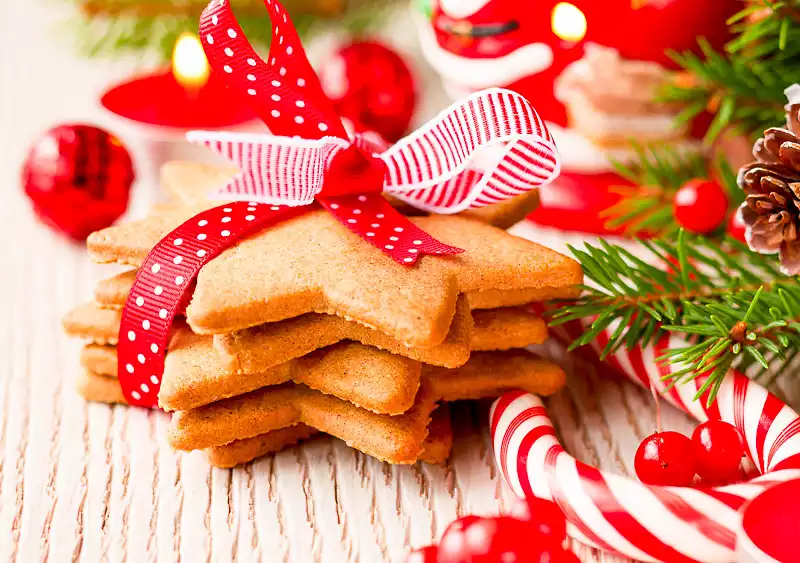
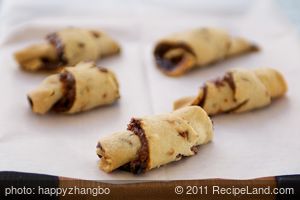
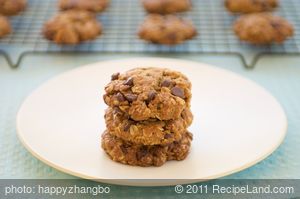
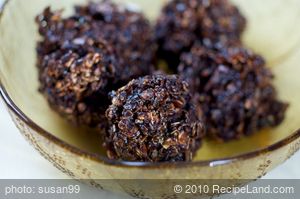
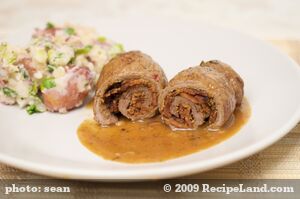
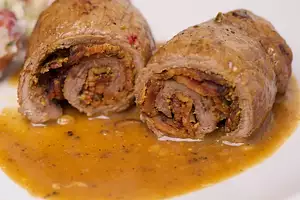
why is the prep time 10 hours???